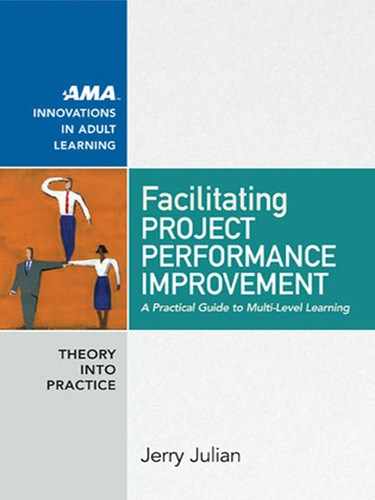138 American Management Association
www.amanet.org
Many project organizations are small in scale, with one or two teams at
most working on projects at the same time. For these organizations, the
people who develop improvements are not di erent from the ones who
use them in the next project. In larger project organizations, however,
and on business transformation initiatives that require many concurrent
work streams, there may be numerous or even hundreds of projects go-
ing at the same time. People who work in these environments know that
while each project is unique—having its own set of objectives, plans,
issues, and risks—many of them follow common steps. In these situa-
tions, one team may bene t from improvements and innovations made
by another. At this level of multi- level learning, knowledge and innova-
tion are shared across projects to improve processes that are common to
multiple projects. This creates a “multiplier e ect,” in which improve-
ments can not only improve team e ciency and e ectiveness, but enable
the organization as a whole to continuously improve, reduce waste, and
deliver faster across many projects at the same time.
This chapter covers how to apply the principles of multi- level learn-
ing to facilitate cross- project improvement. It begins with an overview of
this level and then moves to a discussion of the steps required to make it
happen.
6 FACILITATING LEVEL 2:
CROSS-PROJECT
IMPROVEMENT
..................Content has been hidden....................
You can't read the all page of ebook, please click here login for view all page.
